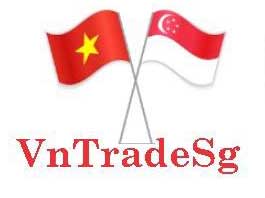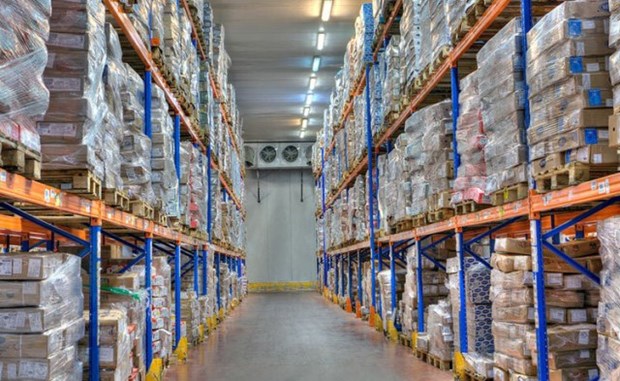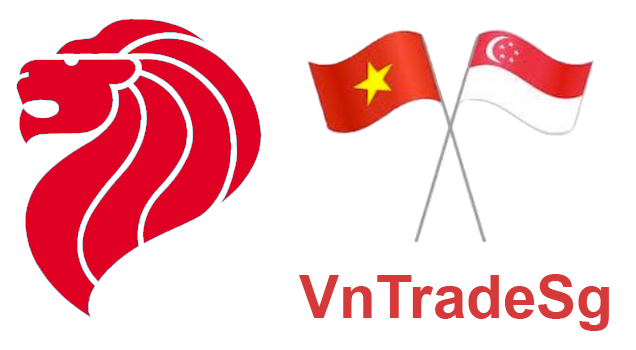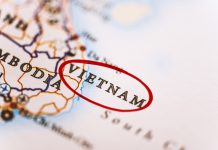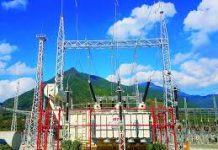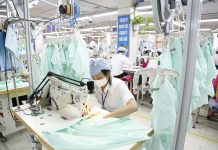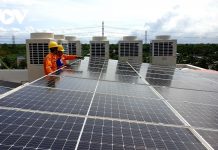Demand for cold storage is increasing sharply as consumers in Vietnam turn to online shopping. (Photo: Baodautu.vn)
The trend of shoppers going online en masse is driving demand for cold storage facilities, something that is in severe short supply in Vietnam.
Nguyen Quoc Trinh, chairman of the Long An Dragon Fruit Association, said June is the peak harvest season for many agricultural products in Long An, but exports remain difficult and local consumers have tended to switch online due to the COVID-19 epidemic, causing severe congestion and overload at cold storages.
Seafood is the other product that requires the largest cold storage capacity.
Trang Bui, senior director of markets, JLL Vietnam, said in fact seafood exports top the list.
During the peak COVID period, 30 – 50 percent of seafood export orders were cancelled, leading to an increase in inventories, forcing cold storages to work at maximum capacity.
Supply is constrained in part because cold storages take more time to build than other types of logistics facilities and more expensive than standard warehouses, she said.
They cost two to three times more, and the lease term is usually only 15-20 years, making the already scarce supply even scarcer, she said.
Besides, the industry requires expertise in temperature maintenance since each fruit, vegetable, meat, and fish has its own temperature requirements, and this explains why of the thousands of companies in the logistics sector only a few set up cold chains, she said.
JLL Vietnam said cold storage demand would continue to grow strongly for at least the next half decade as global consumers change their shopping behaviour due to the pandemic.
With its huge potential real estate for cold storage is now attracting the attention of investors, venture capital funds and lenders.
They are also considering it an alternative to traditional industrial real estate, while logistics companies looking to expand into new markets.
The Louis Holdings Group has invested 250 billion VND (10.7 million USD) in vegetable processing and cold storage facilities in Long An province.
Huynh Quang Vinh, general director of the Louis Holdings Group, said the plant would focus on exports of the main agricultural products of Long An province and surrounding areas such as jackfruit, dragon fruit, pineapple, and mango.
With a capacity of four tonnes per hour, it is expected that the plant will supply 15,000-20,000 tonnes of agricultural products to the global food supply chain.
Ken Research, a global publisher of market intelligence, said that in 2016-21 the Vietnam cold chain industry grew at a compound annual growth rate of 10.4 percent.
It expects the market to be worth 1.8 billion USD this year./.
Source:VNA
